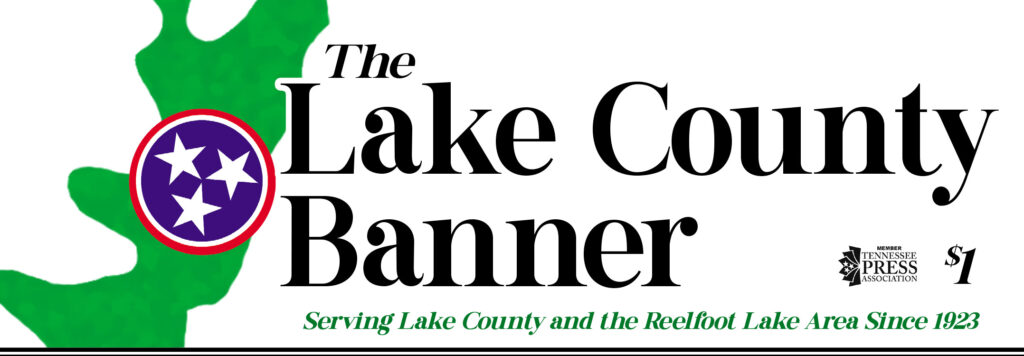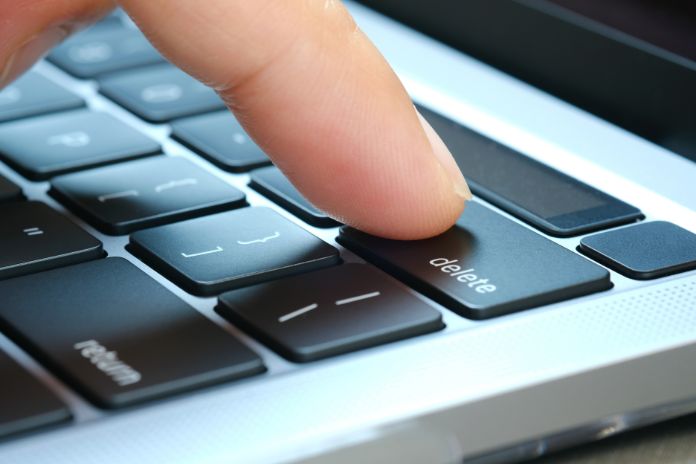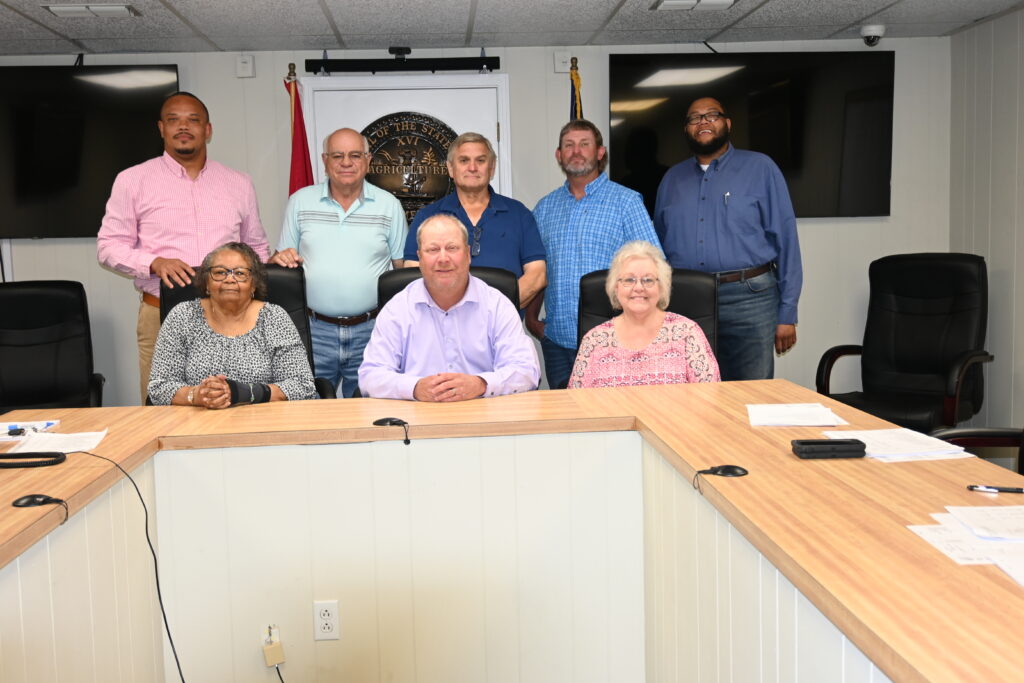Restauranteurs have always been concerned about cleanliness, sanitation, and food safety. COVID-19 has heightened these concerns and brought additional scrutiny from public health authorities. Food service business owners can use these tips for restaurant sanitation and hygiene in the age of COVID.
Spaces and Surfaces
Restaurants, bars, and other food service operations can use EPA approved disinfectants on high-touch, non-food contact surfaces such as light switches, door handles, and restroom surfaces. Although disinfectants kill more germs than sanitizers, they are not food safe and require a rinse with potable water after they’ve been in contact with a surface for a sufficient amount of time.
Food safe sanitizers, on the other hand, remove germs to a lesser but still acceptable level and don’t require a rinse after their required dwell time. Workers should sanitize food contact surfaces, including tabletops and any equipment, countertops, worktables, bar surfaces, or other areas that come into contact with food, several times a day with food-safe, approved products.
Equipment
Restaurants should continue to follow daily protocols for cleaning meat slicers, stand mixers, meat grinders, and other food prep equipment. Sanitizing with food-safe products has taken on added importance, and workers should complete this step with every cleaning. Worktables, utensils, pans, ranges, and other high-touch surfaces, such as dishwasher handles and freezer or refrigerator doors, all have hands on them almost all the time. As such, workers should regularly sanitize these items.
People
Although hot water in dishwashers kills many germs, and COVID has not been found to spread in food, the people who handle and serve food are at risk and can be a risk to others. Because COVID-19 is a respiratory illness that’s primarily transmitted by respiratory droplets, both front and back of house staff must wear masks to reduce the risk of transmission. Staff should be sure to wear their masks correctly at all times, as a mask that doesn’t cover both the mouth and the nose provides no protection to anyone.
All staff should also receive additional training on hygienic practices such as frequent hand washing. Even with masks, coughs and sneezes should be directed into the elbow or a tissue. All staff must wash their hands for a good 20 seconds with soapy water. They should not only do this after using the restroom, but also after sneezing, coughing, or blowing their nose.
Anyone feeling ill should stay home. Proprietors of food service businesses can take steps to make it easier for employees to stay home when they feel sick without worrying about losing their job or their income. Many restaurants have also instituted temperature checks before employees can clock in. Both the CDC and the FDA have informative websites with additional recommendations.
These tips for restaurant sanitation and hygiene should help restaurants reassure customers that the establishment is taking all possible steps to protect them from the transmission of COVID-19.







